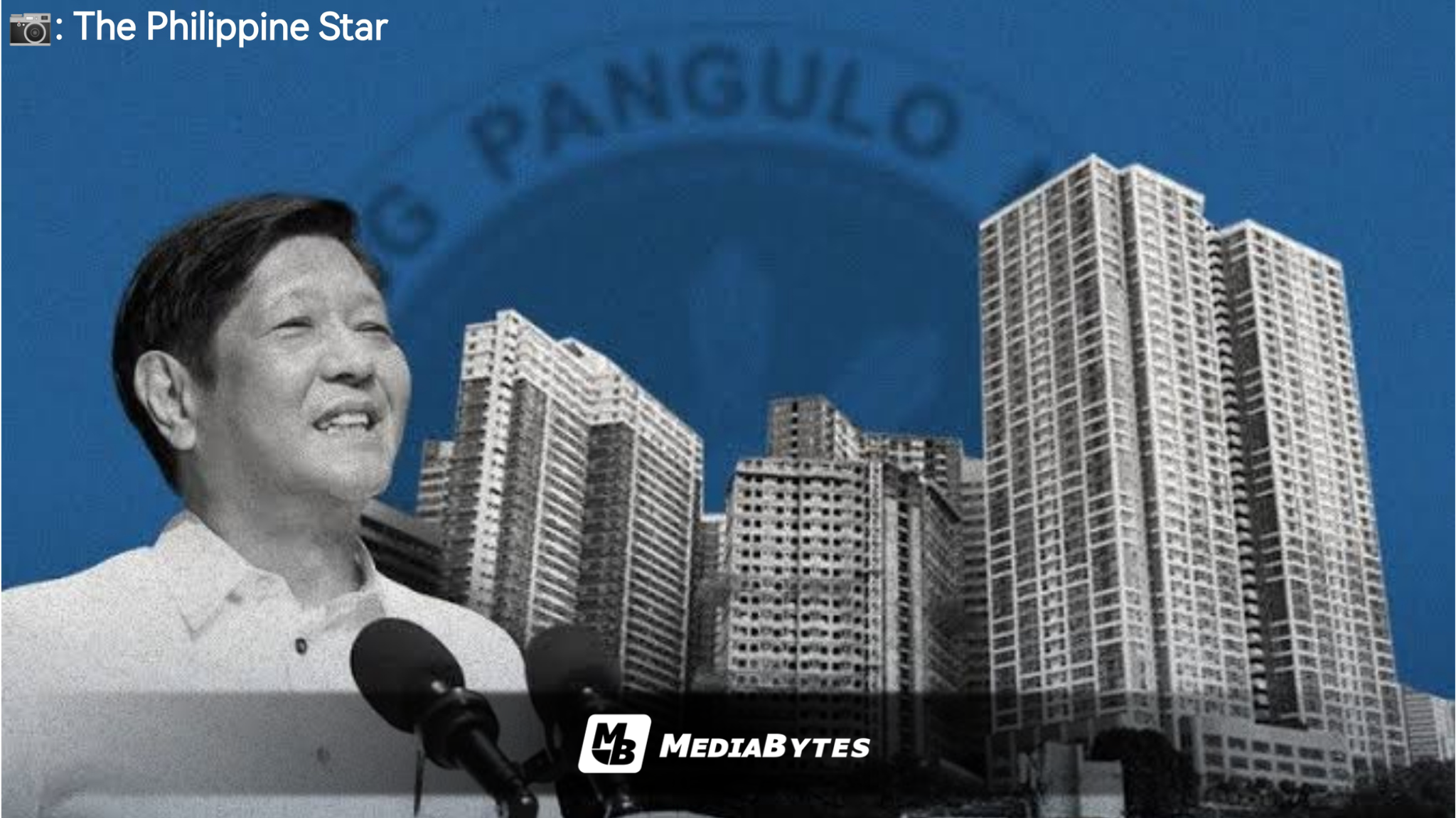
President Ferdinand Marcos Jr. entered office in 2022 amid a recovering economy from the COVID-19 pandemic. Over the first three years of his administration, the Philippine economy experienced strong growth, fiscal improvement, and renewed investor confidence—though challenges such as inflation and income inequality remained.
📈 ECONOMIC GROWTH AND RECOVERY
The Philippine economy recorded 7.6% GDP growth in 2022, its fastest since 1976, as consumer activity surged post-pandemic.
Growth moderated to 5.5% in 2023 due to global headwinds, and is projected at 5.6% for 2024, still making the country one of the fastest-growing in Southeast Asia.
Key growth drivers included strong remittances, robust domestic consumption, infrastructure spending, and recovery in tourism and services.
🛒 INFLATION CONTROL AND CONSUMER PRICES
Inflation peaked in early 2023 due to high food and energy costs but was brought down through policy interventions such as fuel subsidies, rice price ceilings, and food importation.
By mid-2025, inflation was stabilized at around 1.8%, helping ease pressure on low- and middle-income households.
👷 EMPLOYMENT AND LABOR MARKET
The unemployment rate declined from 5.4% in 2022 to 3.9% by May 2025.
Employment growth was driven by infrastructure, digital services, manufacturing, and agriculture revitalization efforts.
Government-led job programs, including youth and overseas worker reintegration initiatives, helped widen opportunities.
🏗 INFRASTRUCTURE AND “BUILD BETTER MORE”
The administration prioritized infrastructure development through the Build Better More (BBM) program, with over 190 major projects in transport, energy, water, and digital connectivity.
These projects aimed to improve productivity, reduce logistics costs, and spread development beyond Metro Manila.
💰 FISCAL HEALTH AND INVESTMENT CLIMATE
The government improved tax collections, with revenue rising to nearly 17.5% of GDP in 2024, the highest in decades.
The debt-to-GDP ratio was kept within safe limits, hovering below 60%.
The Philippines maintained stable credit ratings and attracted growing foreign investment due to liberalized economic laws and ease-of-doing-business reforms.
🧭 CHALLENGES AHEAD
While progress has been made, challenges remain, such as ensuring more equitable distribution of wealth, reducing poverty, boosting agricultural output, and sustaining job quality. The next half of Marcos Jr.’s term is expected to focus on deeper reforms, social protection, digital transformation, and long-term strategic investments.
President Marcos Jr.’s first three years in office delivered strong growth, improved jobs, and greater fiscal stability. With a mix of recovery-driven policies and structural reforms, the Philippines positioned itself as a resilient and promising economy in the region—poised to continue building toward a more inclusive and progressive future.



